Great Northern Route 2: Eastern Montana
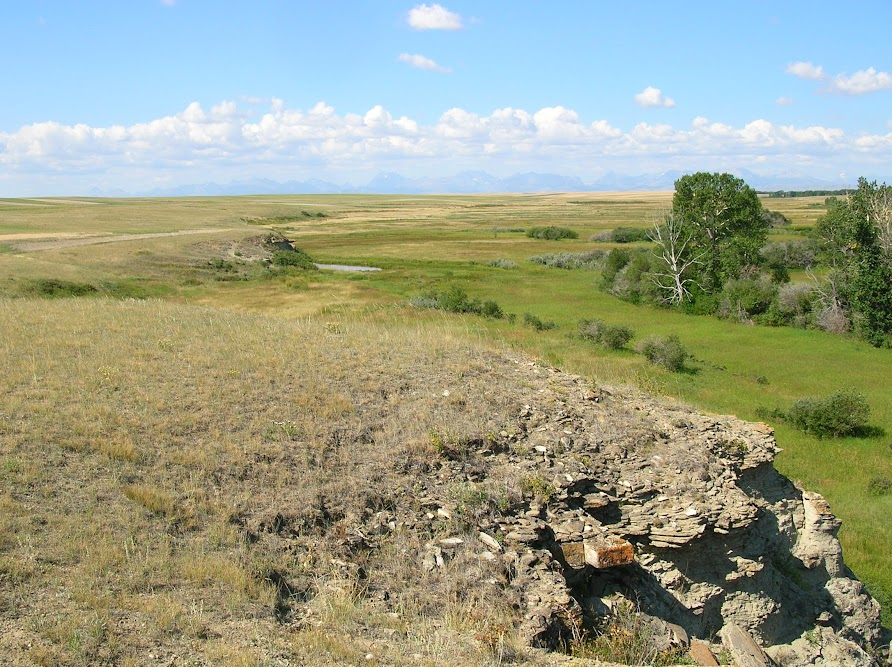

The Lewis & Clark Expedition disproved the existence of an easy, river-based Northwest Passage through the middle latitudes of North America. In the decades to follow, the Oregon Trail, the Pony Express, and various stagecoach routes allowed for difficult, dangerous, and time consuming travel by land across the continent. Not until after the Civil War was safe, reliable, quick, and relatively inexpensive transcontinental travel available in the form of railroads. The first route through the central part of the country ran well south of the northern area near the Canadian border. Once the final spike was hammered down in the Cascade Range near Scenic, Washington on January 6, 1893, the dream of James J. Hill, “The Empire Builder,” was realized with completion of the Great Northern Railway. The Mississippi River at the Twin Cities of Minneapolis-St. Paul, Minnesota was now effectively united with the Pacific coast at Everett and Seattle, Washington via the most northerly American rail route. A man-made Northwest Passage was now a reality.
While generally north of the route Lewis & Clark and the Corps of Discovery took, the Great Northern tracks were occasionally in proximity and served as a convenient means for early travelers to visit locations associated with the pioneering 1803-06 Expedition. In 1925 and 1926, the Great Northern Railway conducted tours that unveiled several monuments to commemorate important people, places and events along the route. We are now in the centennial era of the tour.
Starting from Williston, ND, this leg of the itinerary will guide you by car into Montana on US Highway 2, the Hi-Line, which parallels the Great Northern tracks. Under the big Montana sky as you make your way west, you will encounter Lewis & Clark Expedition sites and fields of waving grain. Use the companion Great Northern Route 3: North Central Montana itinerary to continue your journey farther west. See the Great Northern Route 1: North Dakota itinerary if you intend to travel farther east.
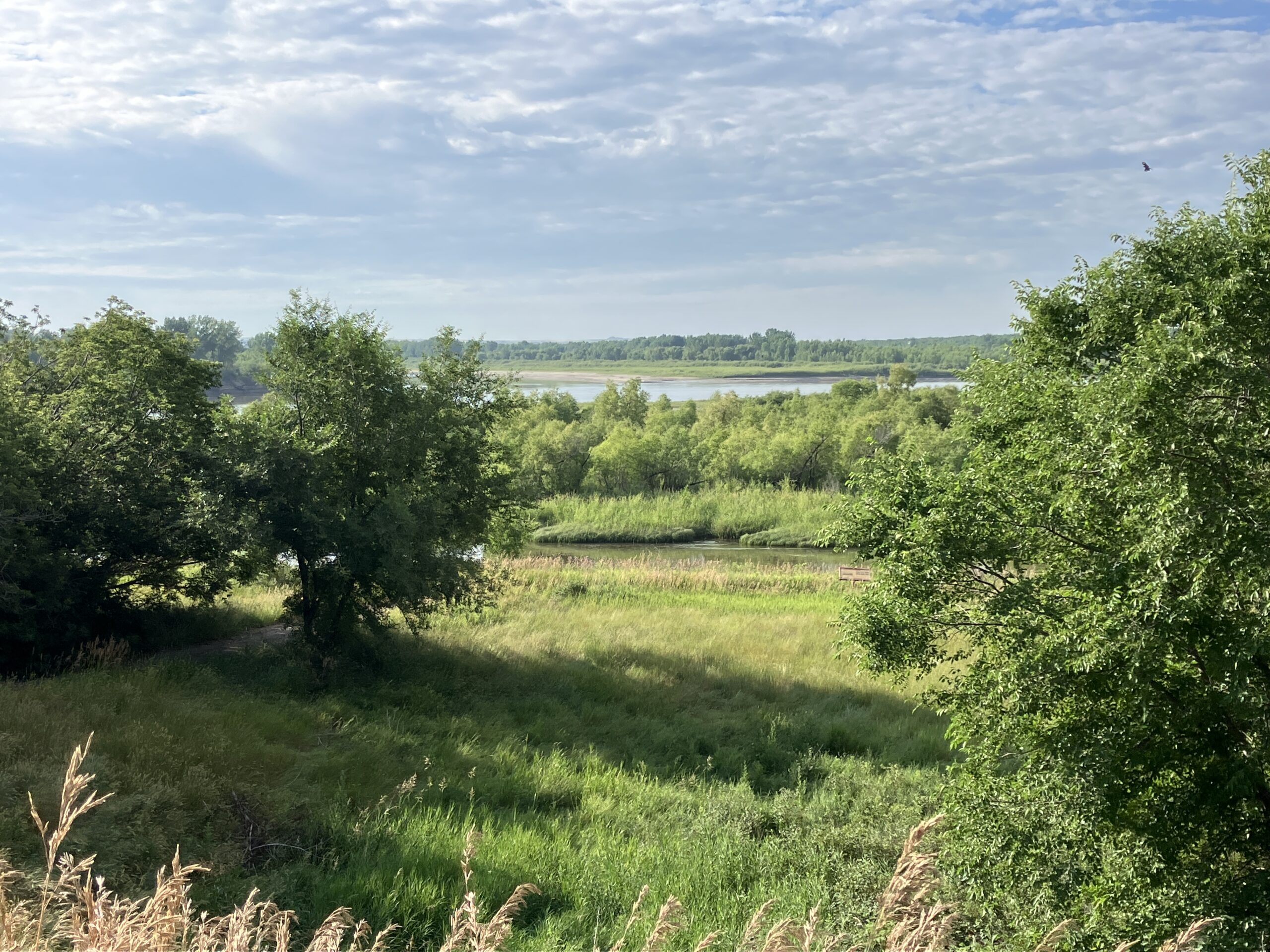
View the confluence of the mighty Missouri and the Yellowstone River, the longest free-flowing stream (692 miles) in the United States. Learn about Sitting Bull and the Lewis & Clark Expedition in the museum.
15349 39th Ln NW, Williston, ND 58801, USA
15349 39th Ln NW, Williston, ND 58801, USA
Fort Union Trading Post National Historic Site, North Dakota 1804, Williston, ND, USA
Williston, ND, USA
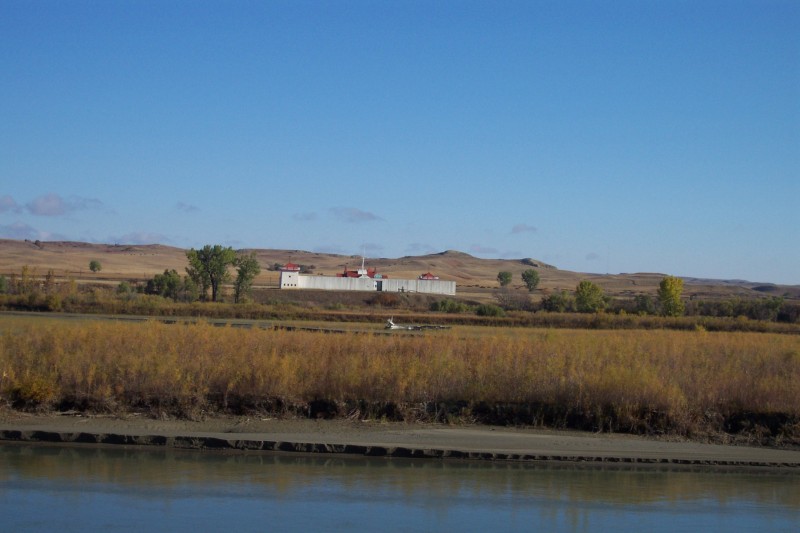
Fort Union Trading Post National Historic Site, North Dakota 1804, Williston, ND, USA
View Listing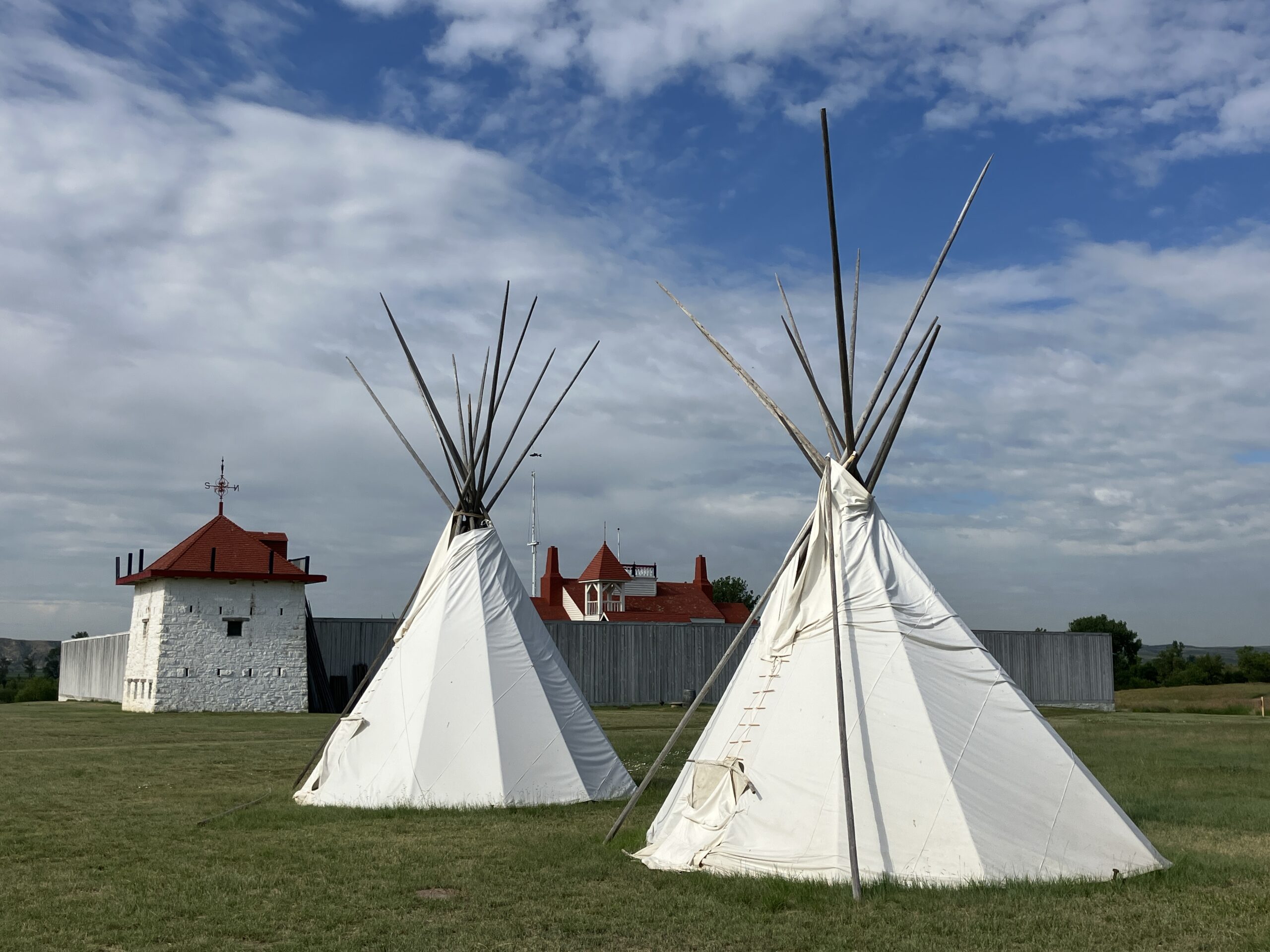
For nearly 40 years, Fort Union was the most important fur trading post on the upper Missouri. Established in 1828 by interests out of St. Louis after consultation with William Clark, the privately owned fort facilitated trade with seven tribal nations. Today, the reconstructed fort makes the trading era come alive with living history demonstrations and self-guided tours.
The Great Northern Railroad Upper Missouri Expedition train stopped at Fort Union on July 18, 1925. A small, declining town on the North Dakota-Montana border called Mondak had developed near the location of the old trading post. Ralph Budd convinced the post office to change the name to Fort Union and erected a flag pole near where the original one had once stood in the fort. It was put to use as the French, British and American flags were raised and lowered in turn in ceremonial fashion.
400 Indians from eleven tribes had been invited to meet and they were provided with horses and materials for making tipis and pipes. They entertained the crowd of 10,000 onlookers with races, dances, and competitions of various sorts. They talked in sign language but also made an appeal to be treated fairly and that terms of the treaties be honored.
The following year, on July 17, 1926, the Great Northern Columbia River Historical Expedition train visited Fort Union again. The eleven tribes were joined by a twelfth who all engaged in similar activities as the previous year's.
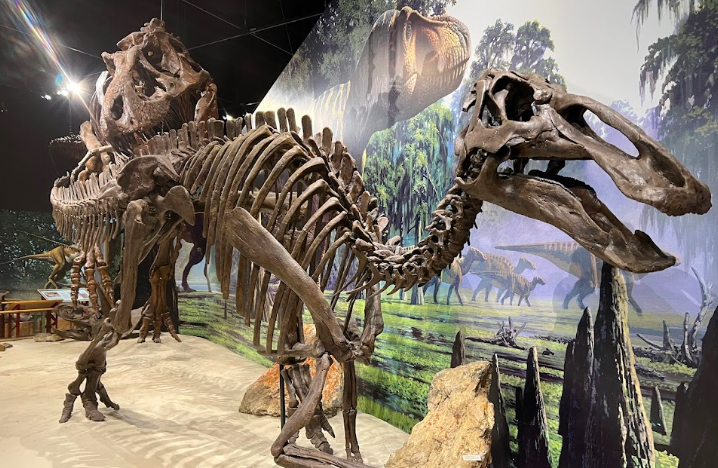
After traveling through the Fort Peck Indian Reservation, discover dinosaur skeletons and learn about Fort Peck Dam, the first and highest of the massive main stem dams to be constructed as part of the Pick-Sloan Plan on the Upper Missouri River. Be sure to view the spillway and take a hike up to nearby Lewis & Clark Observation Point for a marvelous view of the surroundings, including Fort Peck Lake to the west and the confluence of the Missouri and Milk Rivers to the north. To learn more, go to https://lewis-clark.org/the-trail/northern-reach/fort-peck-dam/
We shall not follow this route, but the 1926 Great Northern Columbia River Historical Expedition left Fort Union and took a spur line to arrive in Fort Benton, Montana on the morning of July 18. They spent three hours visiting the trading post site, which stood at the head of navigation for the Missouri River, and through which the Lewis and Clark Expedition had traveled. The 1926 party also gathered with the Society of Montana Pioneers. Reboarding the train, the party continued to Great Falls, Montana for lunch and a visit to the Great Falls on the outskirts of town.
5513 MT-24, Fort Peck, MT 59223, USA
Missouri River Bluff Road, Wolf Creek, Montana, United States
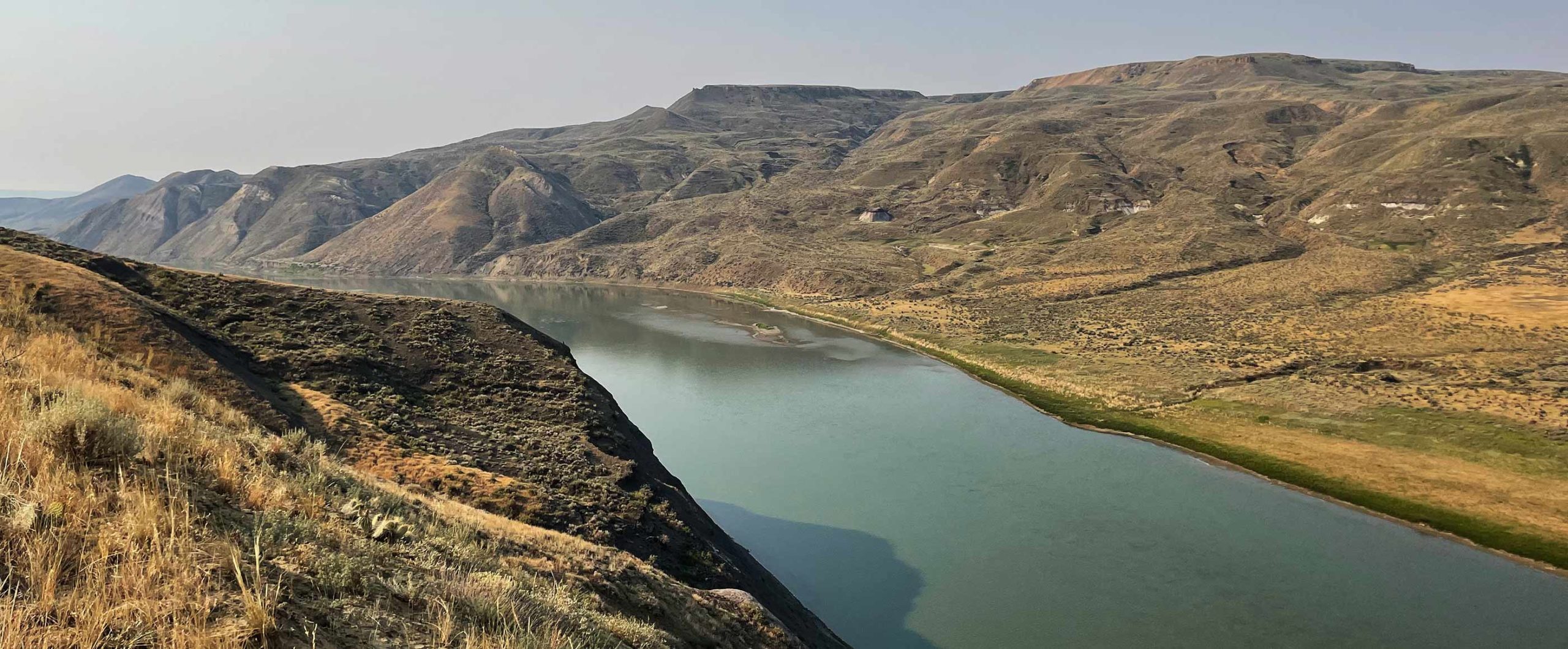
Missouri River Bluff Road, Wolf Creek, Montana, United States
View Listing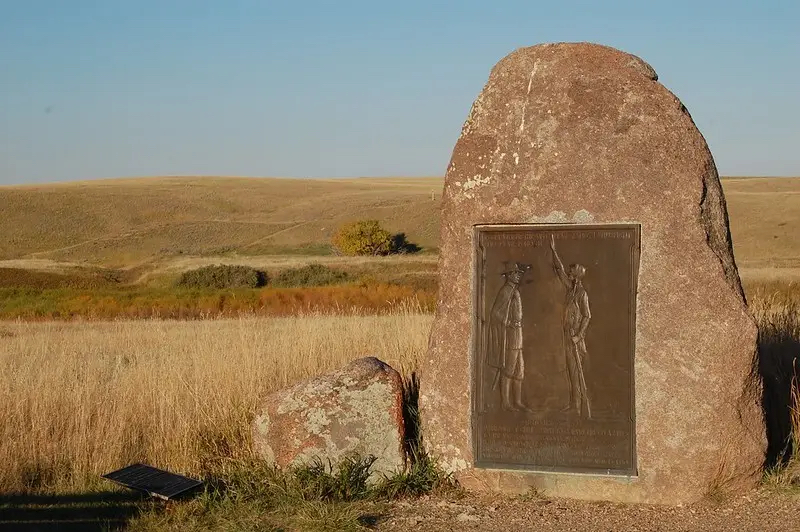
To continue the Great Northern trip, resume MT 2 west through Glasgow, Malta, and the Fort Belknap Reservation to Chinook. Go south of town to Bear Paw Battlefield, the location of the surrender of Chief Joseph at the end of the Nez Perce War in 1877. The tribe that had treated Lewis & Clark and their party so kindly was now being hounded by the US Army. When surrendering, Chief Joseph spoke his famous words, "I will fight no more forever." A poignant place of remembrance to the Nez Perce. Please be respectful if you visit.
The Great Northern Railroad Upper Missouri Special train party was driven to the Bear Paw site on July 19, 1925. The railroad distributed a reprint of Joseph's life story, and a Major-General Scott and a veteran of the battle both spoke.
85WG9QGQ+XQ
Bear Paw Battlefield - Nez Perce, Chinook, MT, USA
Blaine County Museum, Indiana Street, Chinook, Blaine County, MT, USA
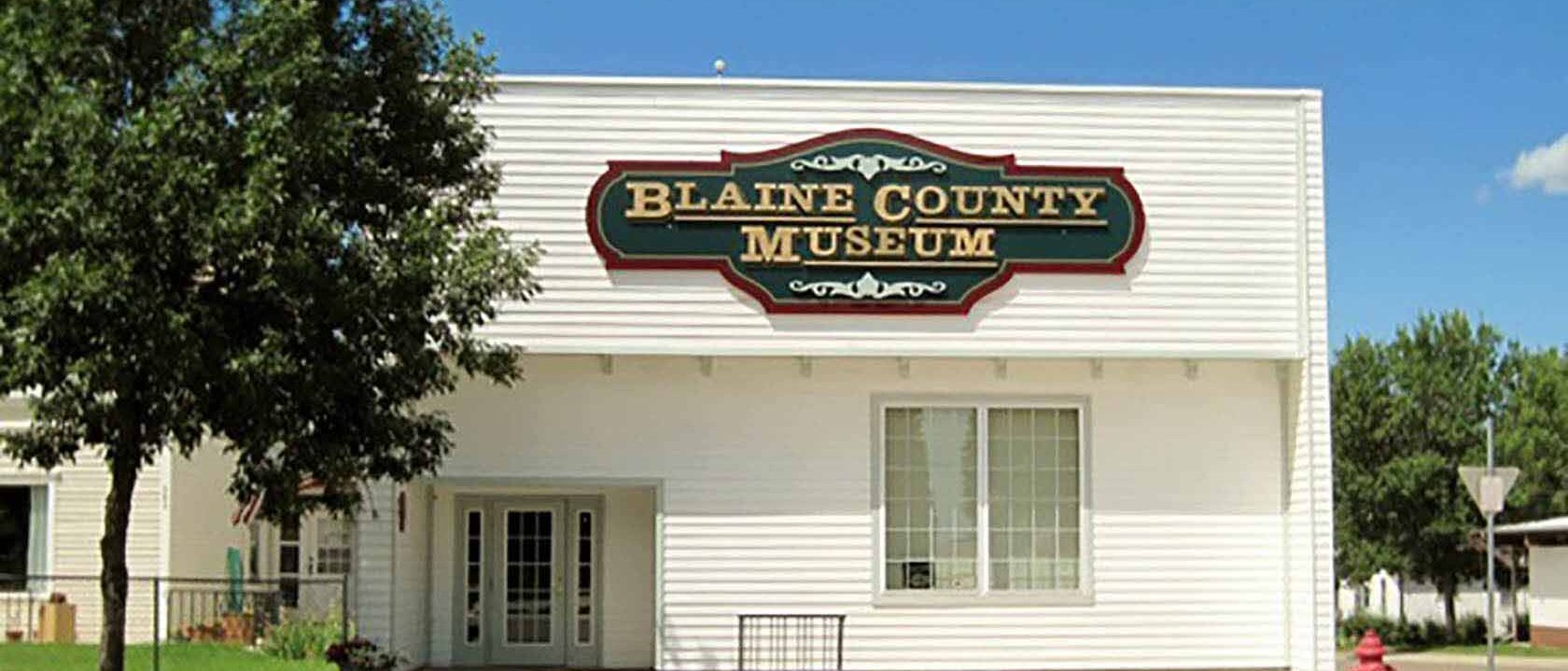
Blaine County Museum, Indiana Street, Chinook, Blaine County, MT, USA
View Listing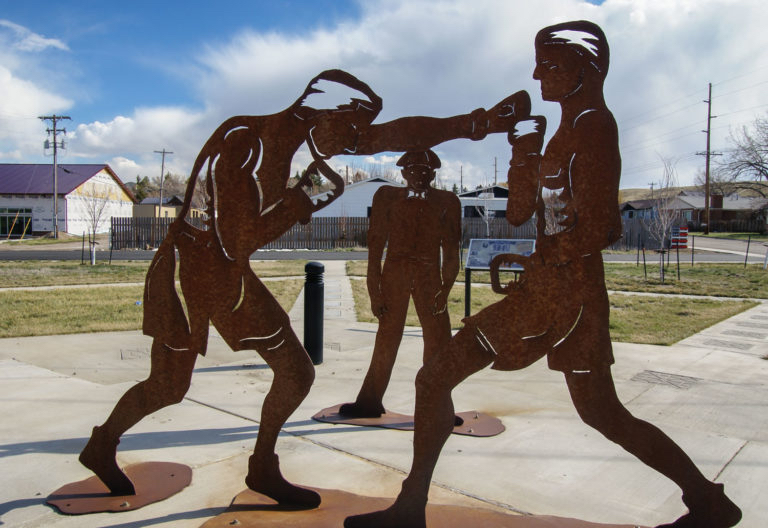
Stay in Shelby. Visit the Marias Museum of History & Art. Take a dip in the pool or enjoy a round of golf. See Champions Park, where a large crowd filling a temporary stadium witnessed challenger Tommy Gibbons go toe to toe with boxing champ Jack Dempsey for the heavyweight crown on July 4, 1923.
On July 19, 1925, the Upper Missouri Historical Expedition sped through Shelby after a visit to the Bear Paw Battlefield and on its way to East Glacier. In 1926, the Great Northern Columbia River Historical Expedition chugged on a spur line from the south into Shelby after having visited Fort Benton and Great Falls. It then resumed its line of travel west along the main Great Northern tracks.
Our bi-weekly newsletter provides news, history, and information for those interested in traveling along along the Lewis & Clark Trail.